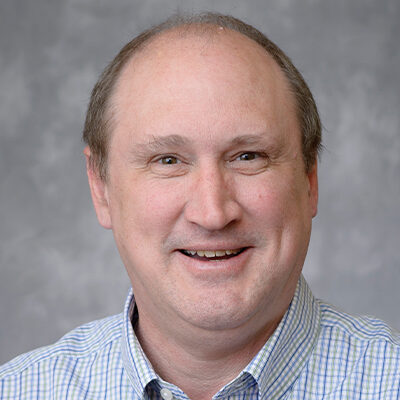Crop Budget Spreadsheet
by Michael Langemeier
Updated September 2026
This spreadsheet can be used along with the Purdue Crop Cost & Return Guide to examine gross revenue, costs, and earnings for crop enterprises. The user can evaluate up to three full-season crops, and the wheat double-crop soybean system. Gross revenue, cost, and net returns are evaluated on a per acre and per unit basis. Breakeven prices to cover variable and total cost are computed for each crop.
TAGS:
TEAM LINKS:
RELATED RESOURCES
UPCOMING EVENTS
December 1 & 8, 2025
Join Purdue Extension for a two-part workshop designed to help you gain a clearer understanding of tax planning essentials. The first session on December 1 will focus on the fundamentals of farm taxes, with particular emphasis on strategies that can be used in a low net income year. The second session on December 8 will focus on key tax strategies and will allow plenty of time for questions. Registration cost is only $20.
Read MoreDecember 15, 2025
This program provides in-depth coverage of agricultural and farm tax issues. In addition to covering timely tax issues, we will cover disaster tax issues, depreciation and expensing farm assets, retirement planning for farms, and tax planning in low-income years. This year’s webinar will be co-taught by a team from Ohio State and Purdue Universities.
Read MoreJanuary 27 or 28, 2026
Farm Shield is more than a conference, it’s a commitment to helping agricultural families build resilience and plan for a secure future. Don’t miss this opportunity to protect your legacy!
Read More